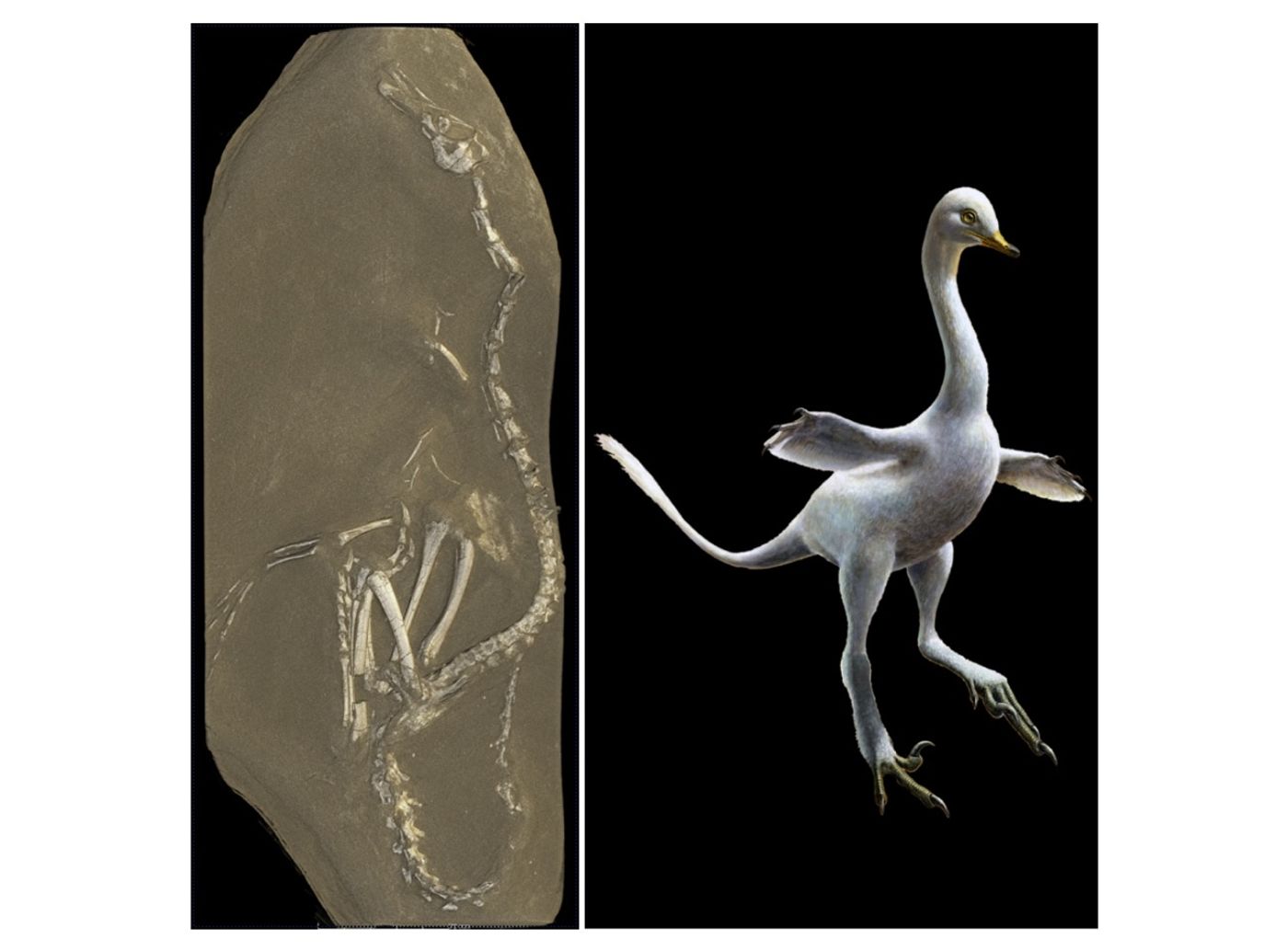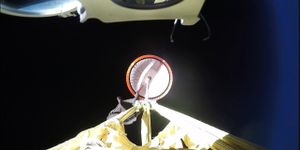Mongolian Fossil Sheds Light on Entirely New Dinosaur Genus and Species
Paleontologists discover new fossils with each passing day that tell a story about the world before humans. A more recent investigation, on the other hand, led to the unearthing of an entirely new dinosaur genus and species altogether that walked the Earth during the Campanian stage of the Cretaceous period.
The findings have been published in the journal Nature this week.
Image Credit: ESRF/Paul Tafforeau/Lukas Panzarin and Andrea Cau for scientific supervision
The new dinosaur species, dubbed Halszkaraptor escuilliei, exhibited a particularly swan-like body structure with features such as “sickle-shaped killer claws,” “flipper forelimbs,” and a “snout.” Given the circumstances, we can chalk up another tally for the notion that most dinosaurs sported feathers inside of scales like those in the Jurassic Park movies.
Related: Did dinosaurs actually roar?
Furthermore, the fossil was so well-preserved that the researchers could discern how Halszkaraptor escuilliei lived an amphibious lifestyle, spending a mix of its time walking on land and swimming in water.
"When we look beyond fossil dinosaurs, we find most of Halszkaraptor’s unusual features among aquatic reptiles and swimming birds," said study lead author Andrea Cau from the University of Bologna in Italy.
"The peculiar morphology of Halszkaraptor fits best with that of an amphibious predator that was adapted to a combined terrestrial and aquatic ecology: a peculiar lifestyle that was previously unreported in these dinosaurs."
Related: Did T. Rex have feathers, or not?
The paleontologists had never seen anything like this before, and because the fossil had spent so much time being passed around in the black market, they initially thought that it might have been fake; a mosaic created from several other dinosaur bones getting mixed in with one another.
A closer look with some advanced scanning equipment, on the other hand, nixed that theory.
"Our first goal was to demonstrate that this bizarre and unexpected fossil is indeed a genuine animal: multi-resolution scanning confirmed that the skeleton is not a composite assembled from parts of different dinosaurs," said Dennis Voeten of the ESRF.
"We implemented new methods for the acquisition and optimization of tomographic scan data, which not only confirmed the integrity of the specimen, but also revealed additional paleontological information," continued Vincent Fernandez of the ESRF.
Related: Could this be the first-known fossil of a dinosaur brain?
The black market continues to derail and obstruct paleontologists’ efforts to tell a story about early Earth because several Mongolian fossils reside in the black market rather than inside labs or museums where they belong.
For all we know, there could be countless other fossils in existence that are just as unique as Halszkaraptor escuilliei that we have yet to study. Unfortunately, this leaves a gap in the ongoing quest to tell a story about Earth’s historic life forms.
Source: ESRF









